Roy Blind: A World War II Veteran And Sewer Pipe Folk Artist From Ohio
By Justin W. Thomas - December 16, 2022
Workers who were employed in sewer pipe factories used leftover clay in the 20th century to make sculptured forms of animals, reptiles, birds, human heads, banks, vases, mugs, ashtrays, paperweights, lamp bases, planters, match holders, soap dishes, bird houses and bookends, along with other objects. Although, there are 19th-century examples of such pottery, most of these pieces date from the early to mid-20th century. The pieces that are most desirable are those that are hand-sculptured, rather than molded; some pieces are unglazed, others are salt-glazed, and some have a slip-decorated surface. Sewer pipe factories were located in many parts of America during this period, although these whimsical objects are often associated with factory workers in the Midwest and in the South. Many of the whimsical figures in existence come from the Midwest because of the type of geography known for deposits of great clay. And many consider the best of these objects came from Ohio. Furthermore, some of the workers who created these objects did so for sentimental reasons, such as a birthday, a wedding, an anniversary or a holiday, and those objects were sometimes signed by the sewer pipe factory worker, and in rare instances, the name of the recipient is also included. But most of the time, the object is not signed, and it is difficult to attribute to a specific person. Nowadays, these sewer pipe objects are viewed as folk art, and in some cases, a story about the artist can be told. Among the names that may not be well known is Roy Blind, a sewer pipe factory worker in Ohio, who is responsible for a variety of folky figures that are known to exist, often inscribed on the base with his name and sometimes the year of manufacture. Blinds creations did not serve much of a utilitarian need; however, they are a form of 20th-century American folk art. Roy Blinds Folk Pottery Roy Edwin Blind (1924-2003) was born in Uhrichsville, Tuscarawas County, Ohio, on Oct. 26, 1924, to Opal Fern Crouch (1905-91) and Benjamin Boyd Blind (1900-1932), a World War I veteran serving from 1917-18. The familys income appears to have come from farming, as Benjamin is listed as a farm laborer in the 1920 U.S. Federal Census, likely working on his father, John Blinds (1863-1936) farm, whose parents had migrated from Germany in the 1800s. Opal also came from a family of farmers; her father, James Crouch (1870-1947), was listed as a general farmer in the 1910 and 1920 Federal Censuses. However, her husband passed away in 1932, and she eventually remarried Edward Vandine (1891-1967), a lifelong sewer pipe factory worker born in Uhrichsville, who is listed as a kiln fireman in the 1940 Federal Census, although the census also indicates that he was living in Weirton, W.Va., in 1935. Interestingly, James Crouch is also listed in this census as living in Weirton in 1935, but his profession had changed, where he is now documented as a kiln fireman at a sewer pipe factory. Opal and her son, Roy, are also residing in Weirton during this period. It is difficult to be sure which sewer pipe factory they were working, seeing that Weirton is located along the Ohio River at the intersection of where Ohio, Pennsylvania and West Virginia meet. Nevertheless, Roy Blind followed in his fathers footsteps, serving in World War II, listed as a Naval armed guard aboard the S.S. Sahale when it arrived in New York City in 1943. The ship was built in Philadelphia in 1919, and it was deliberately sunk as a blockship during the Battle of Normandy on July 26, 1944. After his service, Blind married Ethel Creager (1922-2008) in 1945, later having three children, whereas he appears to have also followed in the footsteps of other family members, as he went to work for a sewer pipe company. But whether he only worked for one factory or multiple during the span of his career is unknown. He lived most of his life in Uhrichsville, where several sewer pipe factories were located in the 1900s. In fact, between 1903 and 1924, more than 10 clay plants opened in the Uhrichsville and Dennison area, neighboring communities otherwise known as the Twin Cities, that had prided themselves on being the clay capital of the world. However, the exact year for when Blind began working in the sewer pipe industry is not well documented, but his years of employment can at least be traced to a group of sewer pipe figures that he created. The known forms include figures of a monkey, a squirrel, a rabbit, a terrier, an owl, a poodle, a cat and multiple types of spaniels, which are similar to types manufactured in England in the 1700s and later in America, Canada and elsewhere in the world. The objects made by Blind are often inscribed on the base Roy Blind, as well as sometimes the year of manufacture. The known dates include a cat inscribed with the year 1955, as well as other forms dated from the 1970s through 1980. Interestingly, though, the most unusual form that really adapts to 20th-century folk art is a figure of Smokey Bear, which was an advertising campaign first introduced by the United States Forest Service in 1944 that was used to educate the public about the dangers of unplanned, human-caused wildfires. There is also an Ohio connection. In 1959, a 14-foot-tall animatronic version of Smokey Bear was unveiled at the Ohio State Fairgrounds in Columbus. It was installed to help teach fire prevention to children and their families. This particular figure was owned for many years by an antiques collector/dealer in Louisiana. Among the techniques applied on many of Blinds figures is the use of slip-decoration on eyes and other simple eye-catching features. The remainder of the exterior surface is typically then covered in a salt glaze. Some of the forms may be sculpted, while others are molded. The tradition of whimsical figures made by simple working men, inexperienced, yet budding artists, became a thing in the late 19th and 20th century, and Blinds wares were very much a part of this movement. And because the sewer pipe factory worker lacked artistic training, these figures regularly turned out nave, leaving the artist unknown today. But Blinds figures were much more realistic and accomplished when compared to many of the other sewer pipe figures made in the 1900s, which may have been a result of higher quality molds or just the attention he gave to these objects. Either way, Blinds story from childhood to an adult, which saw him serve during WWII and later find employment as a sewer pipe factory worker, enabled him to leave a legacy with the sewer pipe folk figures he created. These are objects that should be prized today; the fact that he signed some of these pieces, is perhaps an indication that he viewed his end of the day creations as a form of folk art all along. Photos courtesy of author unless otherwise noted. Sources Adamson, Jack E. Illustrated Handbook Of Ohio Sewer Pipe Folk Art. Self-Published, 1973. Dewhurst, Kurt and Marsha MacDowell. The Sewer Clay Pottery of Grand Ledge, Michigan. Northeast Historical Archaeology: Volume 9 Article 6, 1980. Thomas, Justin W. Special Folk Art Ceramic Vase Made At The Maurice Knight Chemical Stoneware Plant In Akron, Ohio: Carl Funks Sewer Tile Vase Is Dated 1935. Antiques & Auction News, Feb. 5, 2021.


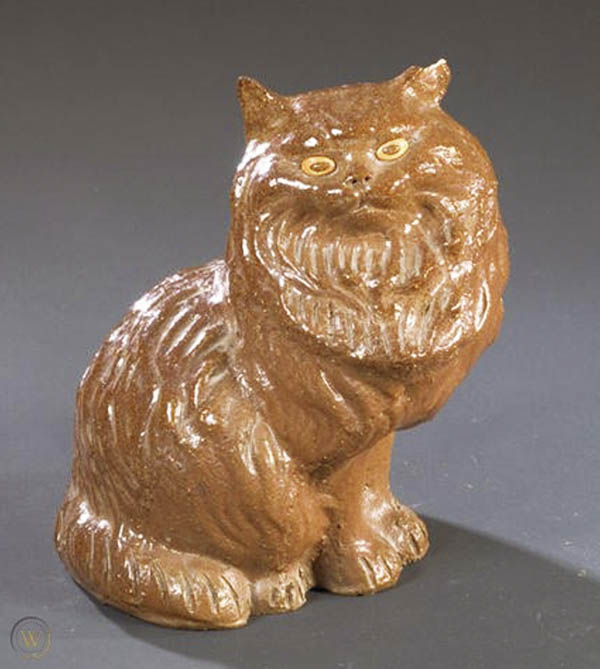
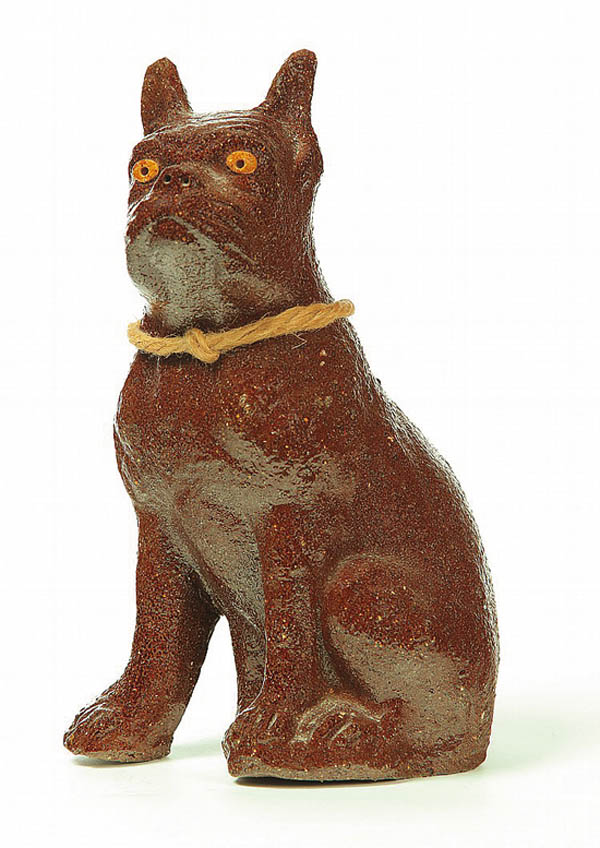
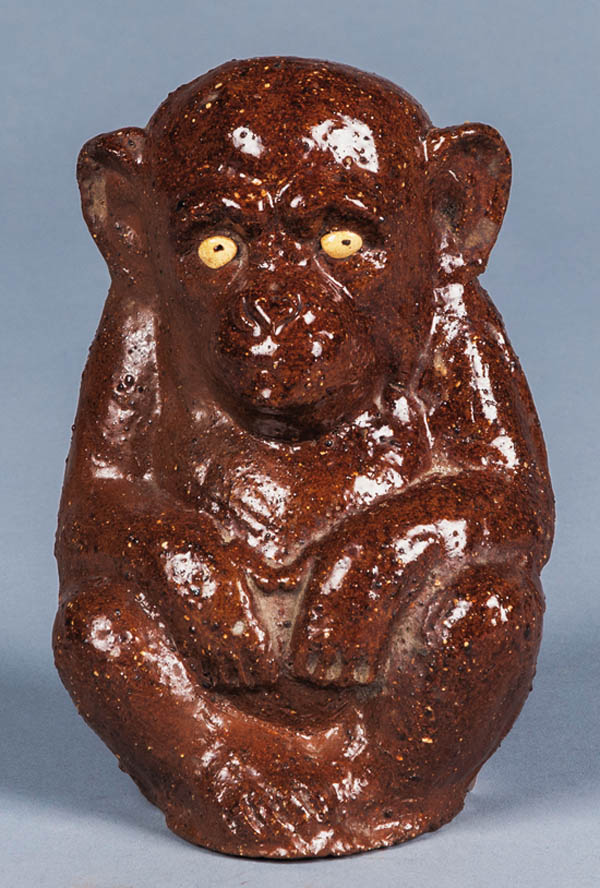
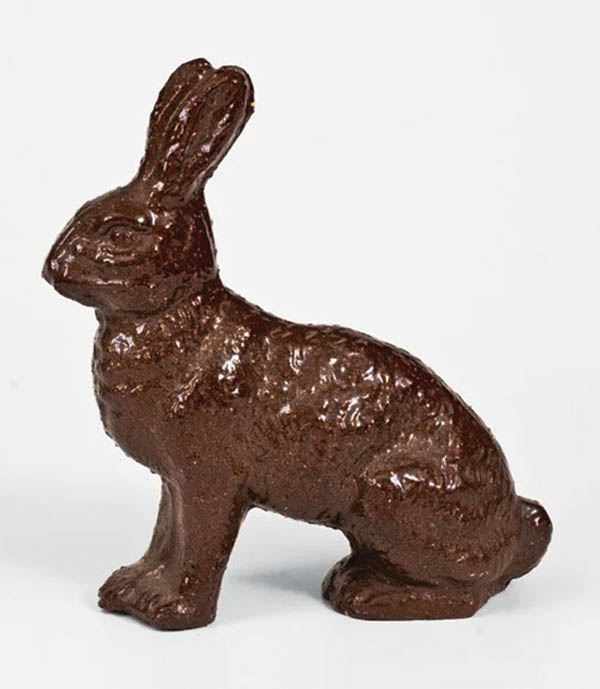

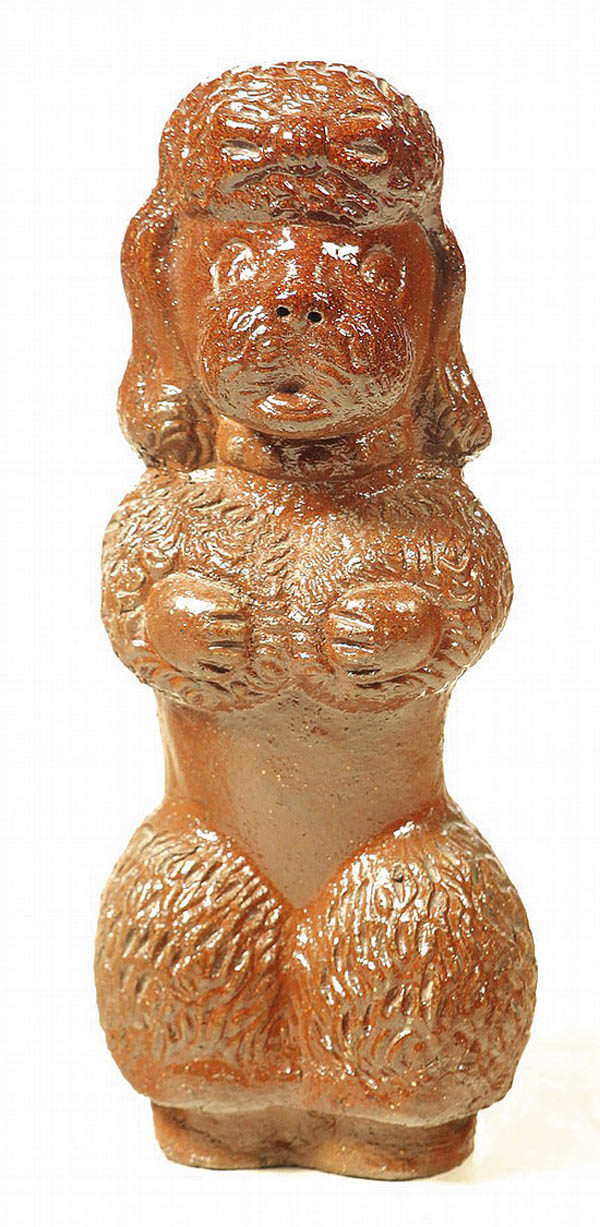
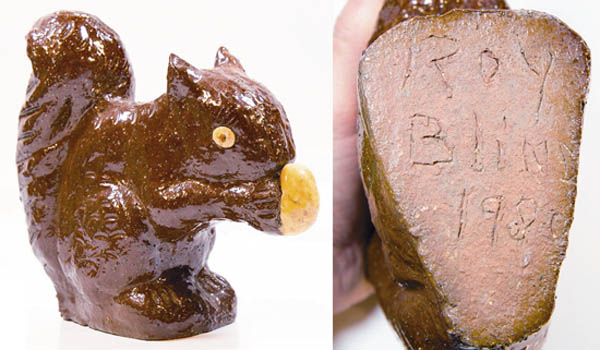
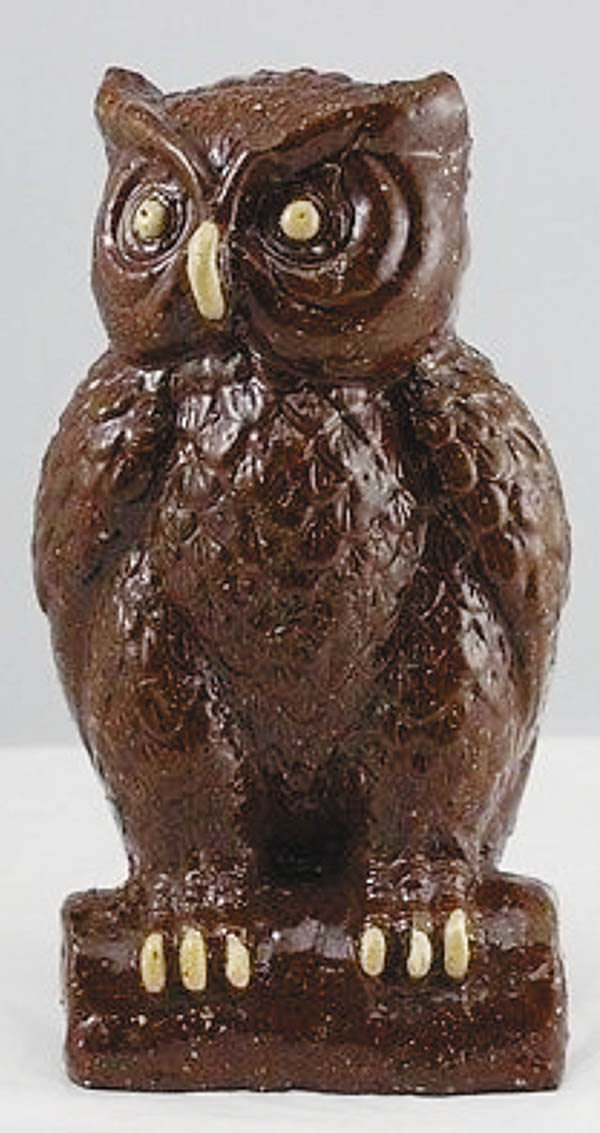
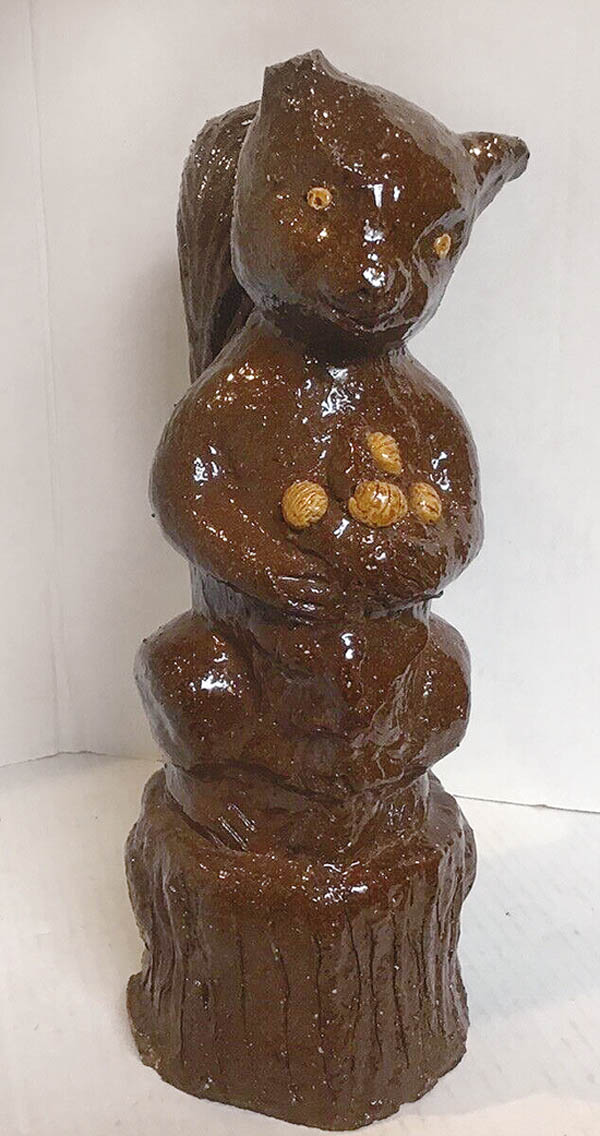
SHARE
PRINT